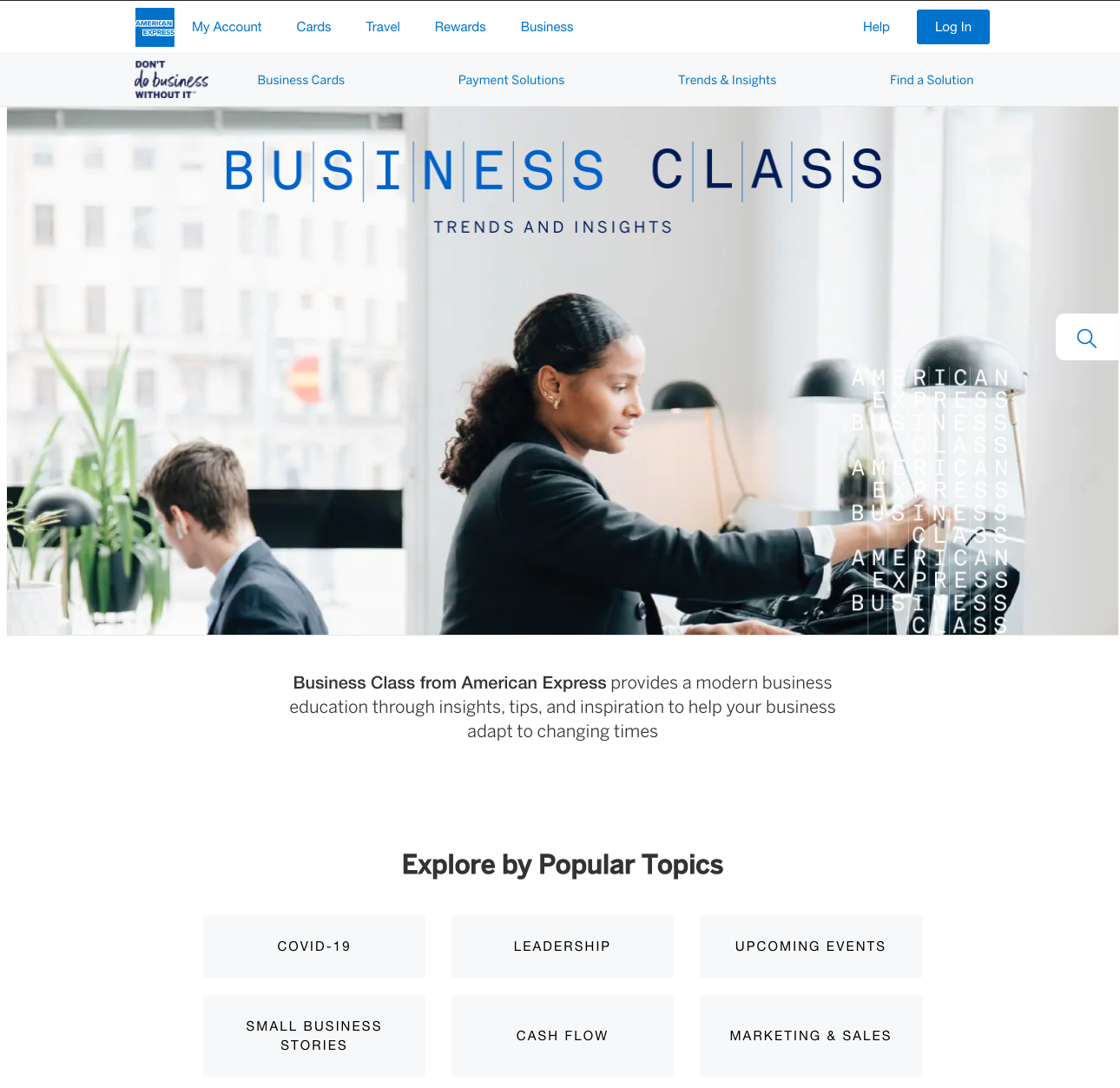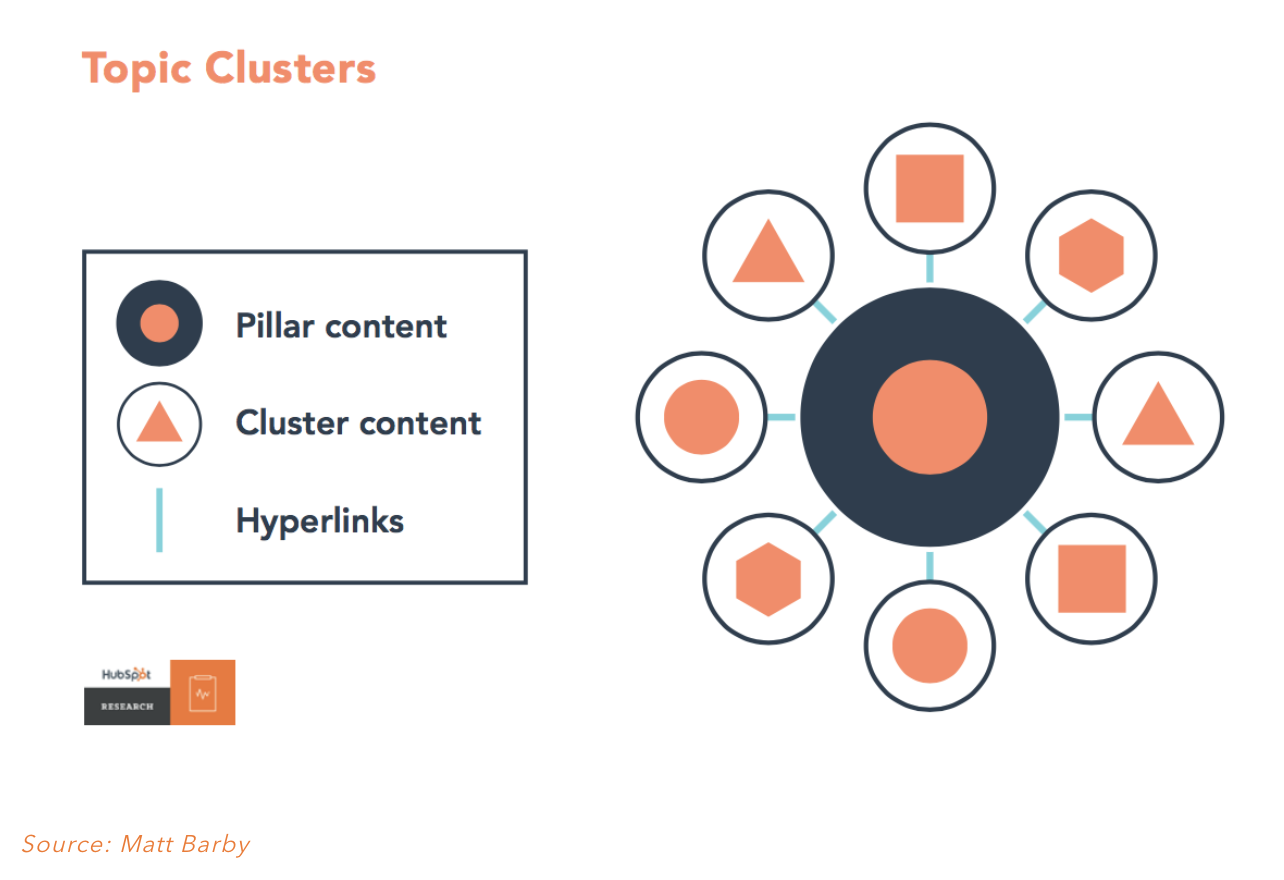Applying the AIDA model to your digital marketing strategy.

I’ve heard a lot of arguments from marketing professionals that a marketing funnel is now redundant when it comes to marketing a product or service because people are decision making on a more linear path. I’ve also heard people talk about ‘how random’ shopping habits are. But how can we assume? And more importantly how can use use the AIDA model to create a marketing strategy that works for your business?
Google says that people now consult up to 10 sources before they make a purchase and that purchasing behaviour is no longer linear. But maybe marketing funnels aren’t dead. Maybe they have just changed in line with the world around us?
The AIDA model (a conversion or marketing funnel) is a process used in marketing to nurture leads or sales of a product or service through to conversion for a business. This often involves a ‘hierarchy of effects model’ that lead to nurturing leads through a customer journey, to eventually convince a customer or prospect to take action. on a product or service.
AIDA stands for Attention, Interest, Desire and Action. There are multiple versions of this in existence now – but the core understanding is in line with potential customer behaviour.
The AIDA model focuses on one thing – getting your business product or service sales/conversions, whilst communicating your company proposition clearly.
Let’s look into this hierarchy of effects a bit more below, and how you can apply it to your business.
This model and framework is designed to drive customers through different parts of the funnel (Awareness/Attention, Interest, Desire and Action) driving conversions so you can start to see the benefits of nurturing your lead generation strategy when it comes to your product or services. You can also use this for both online and offline marketing or a mixture of both to make sure you understand your full marketing funnel.
Action – Raising awareness of your brand to your potential audience and creating a ‘buzz’. This is the most underrated part of a marketing funnel and a part that is usually heavily under-invested in. You need to attract attention to your brand here and begin the customer journey before you get people interested.
Interest – Once your potential customers know who you are, you can get them interested in what your product or service offering is. By raising awareness of your brand first, and your products second, you can gain more trust from your customers.
Desire – At this point, your potential customers should be aware of your brand and have an interest in your your product or service. So how do you persuade your customers to buy? The desire stage is best bit of the model to talk about USP’s and the benefits of your product. Now is the time to sell why someone needs what you offer!
Action – Now you have gained customer interest in your brand, product or service and its benefits, we need to convince them to take action and purchase. This helps drive conversion and can be optimised further by creating a straight forward and distraction-free purchase process.
Simply speaking, this is how the hierarchy of effects of AIDA can benefit your business. But these models are just a guide. And models can’t make a huge difference to your business unless they are applied correctly. Read on to learn how to apply the stages of AIDA (Awareness/Attention, interest, desire and action) to your marketing channels.
There is no point knowing about the AIDA model if you don’t use it! Applying it to your Digital Marketing Strategy is the next step to reaching consumers . Whether your strategy is focussed on SEO, Paid Media, Social Media, Content or Digital PR – we’re going to talk you through how to apply this strategy to some of the specialities!

Creating content for your website is the best way to utilise the AIDA model when it comes to SEO. When we look at AIDA, specifically at awareness and interest, it’s about focussing on informational content. Your users probably have no idea what they want, or the solution they are looking for at this stage. That’s why it’s important to provide them with the knowledge they need to move to the next phase of the funnel.
Content hubs or ‘content clusters’ are the best way to structure content to hit different people at different stages of the funnel. For instance, someone getting to know your brand at the awareness stage is going to want to read something very different to someone who is ready to purchase, or is comparing products to purchase. So how do we create content for the AIDA model?
A really strong example of a content hub is the Business Class by American Express. Here, you can find articles, insights and research into a variety of business topics including leadership, COVID-19, cashflow and marketing. Business owners can browse content on-site, look for help with key business issues, and can actually relate these things to their business. This is a prime way to make consumers pay attention to your business and purchase, fitting this type of content into the awareness stages of the AIDA model.
By creating clear separation in content hub ‘topics’, you can drive traffic from certain keywords, including long-tail keywords. This will improve a consumers overall content experience, which is just as important as user experience when it comes to your marketing.
When consumers start to move further down the funnel process (these could be returning visitors) they are going to expect to see more product-based information. What are the USP’s of the product you are offering? What does the product do? How does it benefit the potential consumers? All these things will get a user interested in you, your solution, and how it benefits them.

Bottom funnel tactics focussed on Desire and Action need to leverage your products USP’s. Your user is going to be thinking ‘How does this compare with other products on the market?’
It’s about convincing the user that your product or solution is right for them. When we look at the interest section of the AIDA model, there has to be a hook to get your audience interested in your product. Otherwise, you will lose them to competitors. You need to make the user believe that you are the best at what you do. You can do this by including information to enhance the bottom of funnel experiences like on-site reviews, case studies and proof of success and using testimonials and comments from other customers to help improve their likelihood of converting.
Paid Media specialists know that it’s hard to focus on the big picture when your days are spent look at tiny details! But we all know that the big picture is important. Paid Media is so varied these days that there can be so many options for you to try – so where do you even start?
Starting at the top of the AIDA model with Awareness, it’s important to create Paid campaigns that help your audience find out more about your business offering. When we look at specific areas of focus, the most effective top of funnel activities are Paid Social, Video Advertising (YouTube & Social), Display Network advertising and remarketing.
As this type of advertising is top of the funnel, you don’t need to focus on heavy branding, or conversion rate optimisation. The focus here should be on the creative and making something visually stimulating. A study by Neilson sowed that creative can influence buying decisions by 40 – 50% – so it’s important that you get this right!
When your audience is familiar with your business, you can start to focus on the middle of the funnel, targeting at the informational or desired stage. The focus now needs to be on engaging your audience, with the aim to push them to your website. Testing CTA’s is so important here, and you can test with a variety of retargeting and audience expansion to really push users down to the conversion phase.
Finally, we reach the bottom of the funnel where our focus needs to be on getting your customers converting. Now by this point, your customers know who you are, know what product they want, and they want to know what you can offer them. This is the time to offer any pricing promotions on Google search advertising, or really focus on hyper-targeting across social media to offer promotions to influence customers to convert. That’s how you will get customers thinking about decision making.
Using the AIDA model and hierarchy of effects in your digital marketing strategy has exponential growth opportunities and can help you reach more customers. Though the AIDA model is usually used in traditional consumer marketing, the same principles can be applied to your digital marketing to be successful in your market online.
Want to find out more about how we can help you put together a Digital Marketing Strategy? Get in touch for a chat.